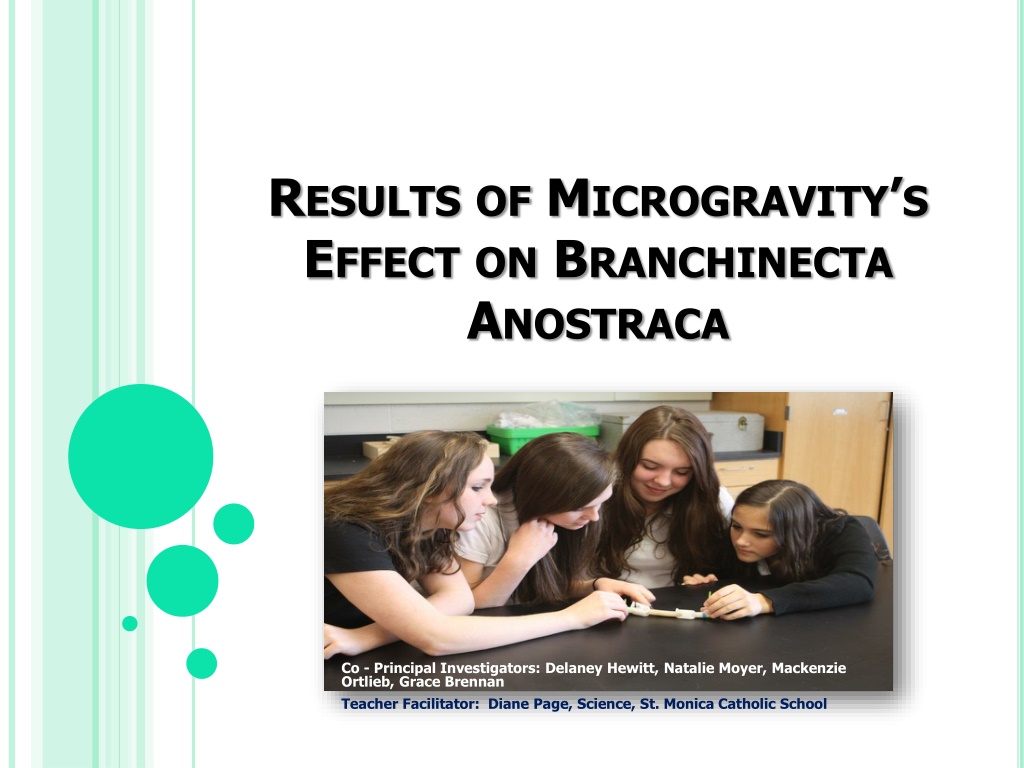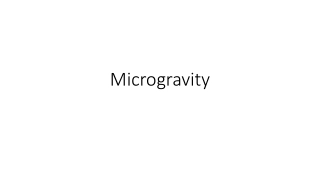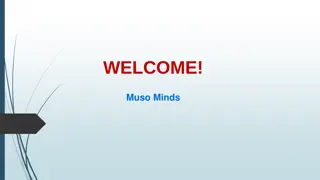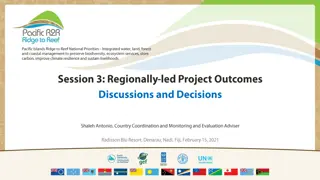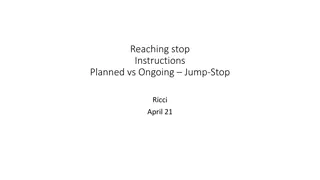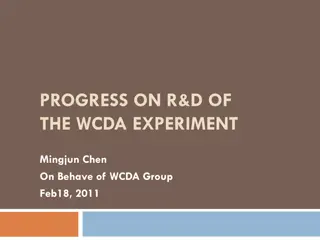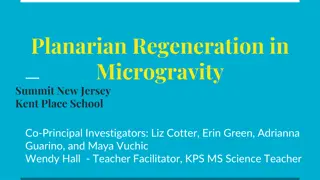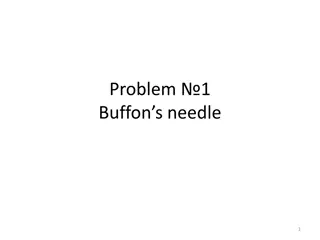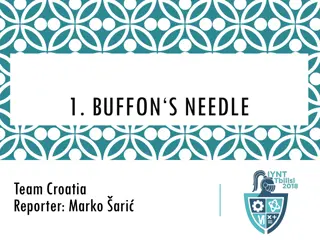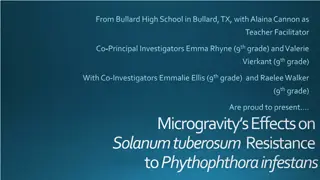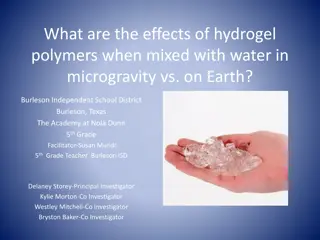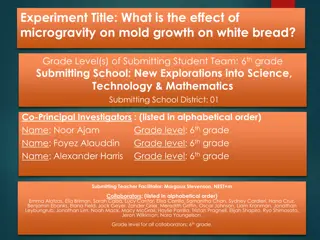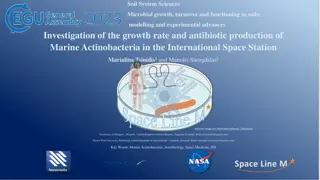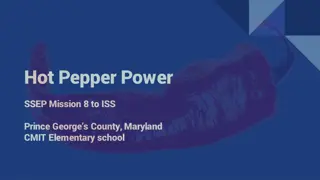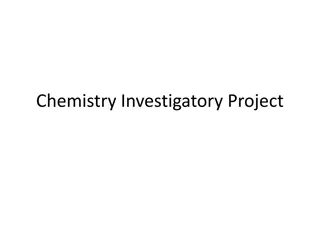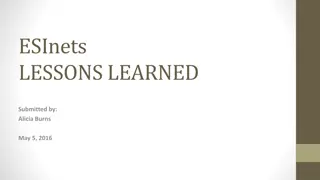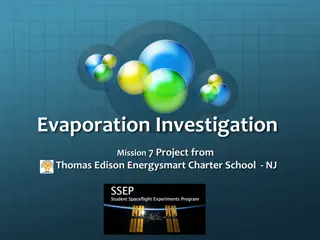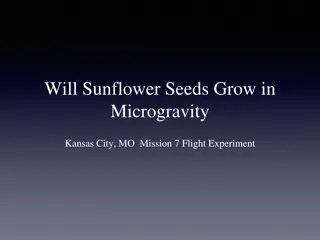Lessons Learned from Microgravity Experiment on Branchinecta Anostraca Co.
The microgravity experiment on Branchinecta Anostraca Co. conducted by a team of students shows the challenges faced due to errors in the experiment design, mainly related to the shrimp eggs used. Issues with the supplier, hatching environment, and conditions resulted in inconclusive results. The team reflects on their errors, the email received from the supplier, and outlines improvements for future experiments, emphasizing the importance of reliable suppliers and proper experimental conditions. Despite the setbacks, the team views the experience as a valuable lesson in scientific processes and resilience.
Download Presentation

Please find below an Image/Link to download the presentation.
The content on the website is provided AS IS for your information and personal use only. It may not be sold, licensed, or shared on other websites without obtaining consent from the author. Download presentation by click this link. If you encounter any issues during the download, it is possible that the publisher has removed the file from their server.
E N D
Presentation Transcript
RESULTS OF MICROGRAVITYS EFFECT ON BRANCHINECTA ANOSTRACA Co - Principal Investigators: Delaney Hewitt, Natalie Moyer, Mackenzie Ortlieb, Grace Brennan Teacher Facilitator: Diane Page, Science, St. Monica Catholic School
OUR EXPERIMENT For our experiment, we studied microgravity s effects on Branchinecta Anostraca Materials Procedure Conclusion Our Timeline Preparing our experiment Presenting in Washington D.C. last summer Traveling to Virginia Redoing our experiment Watching our experiment actually go to space
OUR RESULTS Our results were inconclusive There were some errors in the designing of our experiment The main error was our shrimp eggs Only one supplier of the eggs The one supplier no longer carries our eggs because they had issues hatching the eggs The supplier had no information clarifying how the shrimps were packaged We later found the shrimp eggs were packaged with sand We emailed our supplier to find out why they stopped carrying the shrimp eggs
OUR ERRORS We didn t have the correct hatching environment for the shrimp No sunlight Yeast (food) solution caused molding We tried doing our experiment on Earth with perfect conditions to see if these conditions were the issue. We tried: Using bigger constraints Putting the shrimp in the right amount of sunlight Not using the yeast food solution Not shaking the shrimp The shrimp still didn t hatch
WHAT WOULD WE DO DIFFERENTLY? We would have gotten a more reliable supplier We would check the packaging information before we did our experiment We would make sure the shrimp we chose could grow in the conditions the FME tube allowed If these shrimp couldn t have hatched in these conditions, we would ve chosen a better suited shrimp for our experiment
CONCLUSION In conclusion, we may not have gotten the results we wanted at first, but we look at this experience as trial and error. This experiment has taught us so much about the process of science and how things can t and don t always go the way you plan. We would like to say thank you for this experience and letting us get the opportunity to present our experiment and grow as scientists. Catholic Schools of Greater Kalamazoo The SSEP community program coordinators Mrs. Becky Reits, principal of St. Monica school Mrs. Katie Gilbert, Advancement director for CSGK Mrs. Susie Vanderbeek and Mrs. Diane Paige The Center for the Advancement of Science in Space The National Center for the Advancement of Science in Space
